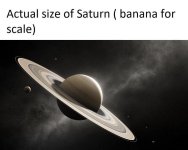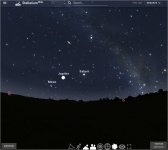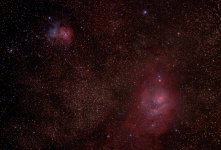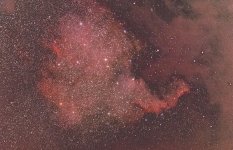crazyfingers
Meow
Ya Saturn will be smaller though if the rings are at a good angle I should be able to tell that they exist. That's really all I'd expect.
I'm sure that I didn't mess with my metering exposure ISO, etc setting for the jupiter picture. I would have used my custom setting to capture a bird in a bush. Focus and metering set on spot center and let the camera choose what it thinks is best. I'd need to do some serious fiddling for astronomy photos.
And if the camera was on night shot, that's mainly for taking photos of a city skyline at night. Surely not the best for astronomy.
But the lens and sensor should be good enough to take better astronomy photos if the settings provided that flexibility. It's still just a point and shoot camera with a huge zoom.
I'm sure that I didn't mess with my metering exposure ISO, etc setting for the jupiter picture. I would have used my custom setting to capture a bird in a bush. Focus and metering set on spot center and let the camera choose what it thinks is best. I'd need to do some serious fiddling for astronomy photos.
And if the camera was on night shot, that's mainly for taking photos of a city skyline at night. Surely not the best for astronomy.
But the lens and sensor should be good enough to take better astronomy photos if the settings provided that flexibility. It's still just a point and shoot camera with a huge zoom.




